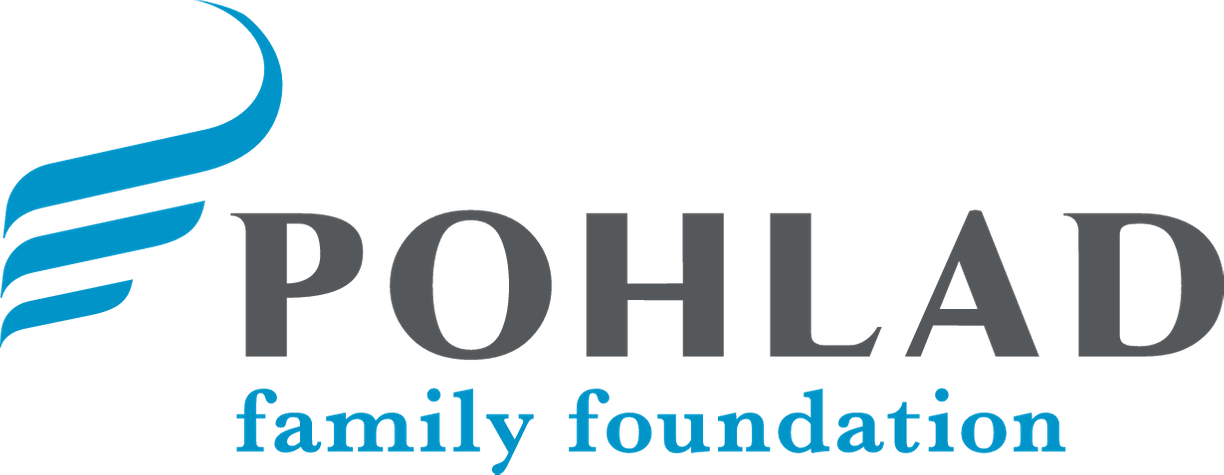What can we do about homelessness in the time of COVID-19?
Imagine living on the streets with only a sleeping bag – and if you’re lucky, maybe a tent and some pocket change. You’re already fending for yourself and trying to survive on a day-to-day basis. But then add a highly contagious virus to the mix - a virus, by the way, that is such a public concern that citizens are ordered to stay home and to keep their distance from others. It’s tough. More than tough. But there are people in that situation right now.
Homelessness had already been a growing problem in Minnesota before COVID-19, so when the pandemic hit, this population group did not know where to turn. Many were barred from public restrooms, and with the closure of restaurants and convenience stories, accessing food and other necessities were even more limited. Even healthcare management and social services slowed down.
For decades, Twin Cities PBS has covered stories about homelessness and affordable housing. Check out our collection “Under One Roof: Stories of Minnesota’s Housing Crisis.”
“As far as I can see, there is no pandemic. We’re still just homeless. I was homeless before the pandemic. Nobody around here has anything. I’m not affected by the pandemic. I’m affected by these people and a lot of things that these people are doing because of the pandemic,” responded a homeless individual when asked how COVID had impacted him.
His answer comes with many layers. It’s true: Because of the pandemic, the majority of society had to adapt to a “new normal,” but for people who were already experiencing homelessness, not much has changed. But, at the same time, it has. And it isn’t that they aren’t afraid of contracting or even spreading the virus; but their need to seek the most basic of human essentials – like finding shelter and having a place to sleep for the night - overshadows any concern over the coronavirus.
When asked what has been most challenging for them, they all agreed on one thing: the stigma that comes with homelessness, regardless of COVID-19.
“Every day is a struggle, but we’re all the same. Some people got to wake up under their sheets in a bed. And some people get to roll up off the ground in the leaves, but we’re all the same,” one individual concluded.

This story is part of the collection, Under One Roof: Stories on Minnesota’s Housing Crisis, which is funded by a grant from the Pohlad Family Foundation.
More than 10,000 Minnesotans are homeless, a number that is a record-high for the state and a 10-percent increase since 2015 – but the problem doesn’t just persist in the Twin Cities. One Greater Minnesota reporter Kaomi Goetz explored how homelessness is also impacting rural communities across the state.
“Get a job!” “Go to a shelter!” So many misconceptions swirl around the issue of homelessness in Minnesota, many of them driven by persistent stereotypes. Explore five of the most prevalent – and false – notions about what it means to be homeless in our state.
Can tiny homes help to curb Minnesota’s issues with homelessness? One local organization is experimenting with the small homes, an effort that has proved successful in other parts of the country. And one local church is working up plans to house homeless veterans on its property.
